Introduction
In July 2023, the Häme Police Department in collaboration with the Finland Central Criminal Police revealed that a four-man far-right cell based in Lahti District, Finland had planned to carry out racially motivated terror attacks in the country (Fig. 1). The cell had used 3D printers to print firearms and numerous gun parts. They had also manufactured a homemade zip gun and had converted a gas gun into a firearm.
This case highlights both the rapidly evolving threat posed by 3D-printed firearms and their intersection with the far-right extremist milieu. Using the Finnish case as a case study and data from a global 3D-printing incident database developed by the author, this Insight examines trends in the use of 3D-printed firearms by the far-right and possible future implications for efforts to counter terrorism and violent extremism.
The Plot and Perpetrators
The Finnish cell were plotting ethnic and racially motivated attacks against targets with the ultimate goal of inciting a race war in Finland. They were also alleged to have been planning attacks on public infrastructure including electricity and rail traffic networks. Investigations revealed that the cell members had adhered to extreme right-wing anti-immigration ideology. The members had discussed topics such as ‘Siege’ (Fig. 2) a reference to James Mason’s neo-Nazi book – and held onto accelerationist ideologies which advocate for societal collapse in order to protect the majority white race from threat, reflecting the ideology of the neo-Nazi terrorist group, Atomwaffen Division. Prior to the main plot, they had used a firearm to shoot at the mailbox in front of the house of an African family in an act of intimidation and planted a small explosive firecracker in another mailbox in a residential area (Fig. 3).
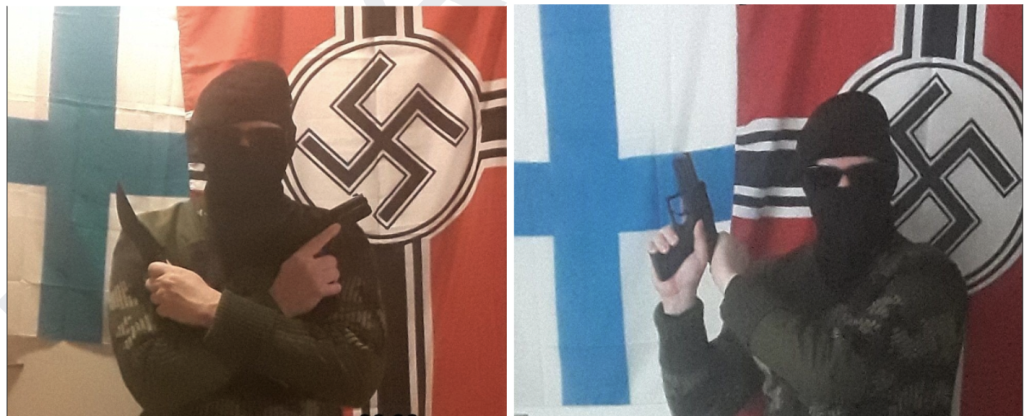
Fig. 1: Photos posted by the cell on a media platform
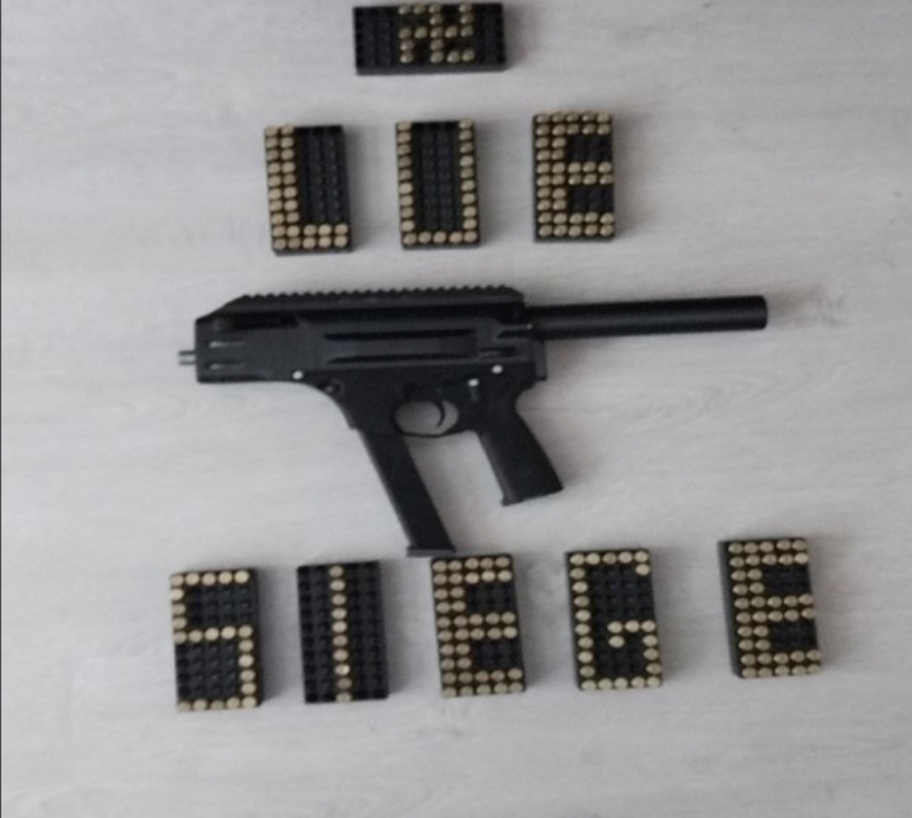
Fig. 2: Photo of an FGC-9 posted by the cell on a media platform featuring a swastika and the command to “Read Siege”

Fig. 3: Videos of weapons testing by the cell on a media platform. Left: Zip gun manufactured by the cell. Right: Suspected semi-automatic rifle.
Three out of the four cell members were young adults aged between 22 and 29. The oldest member of the cell was 66 years old. The former three had prior criminal records ranging from drink-driving and drug offences to racial incitement and being affiliated with neo-Nazi groups. The 66-year-old was a well-known figure among far-right circles and was found to have shared the home addresses of the Finnish Interior Minister and State Prosecutor in closed Telegram chats with the alleged intention of targeting them in harassment attacks.
The FGC-9: A Revolutionary 3D-Printed Gun
During the raid, Finnish police confiscated four FGC-9 guns (Fig. 4 & 5). The FGC-9 is a semi-automatic, hybrid pistol calibre carbine first created in 2020 by the 3D-printed firearm designer known by his online pseudonym, ‘JStark’. German media reported him to be ‘Jacob D’ who had Kurdish roots and who was based in Germany. He was credited with being the founder of ‘Deterrence Dispensed’, an online 3D-printed firearm community and repository of firearm designs. Before his death in October 2021, he held strong anti-establishment views and believed it was every citizen’s right to bear firearms to protect themselves against oppressive authorities. He remains a revered figure in the online 3D-printed gun community.
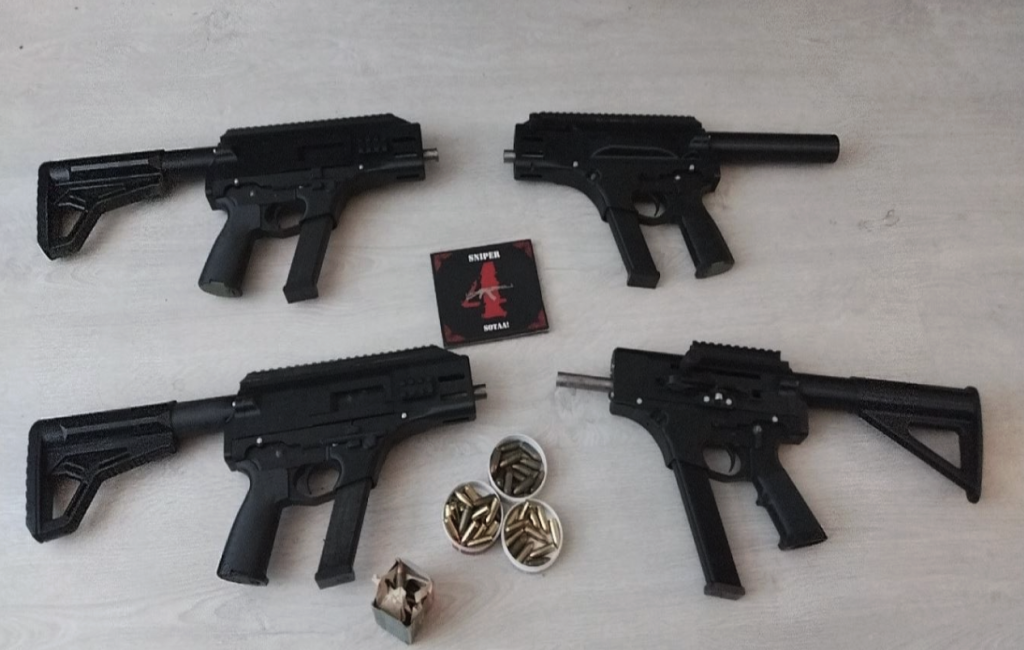
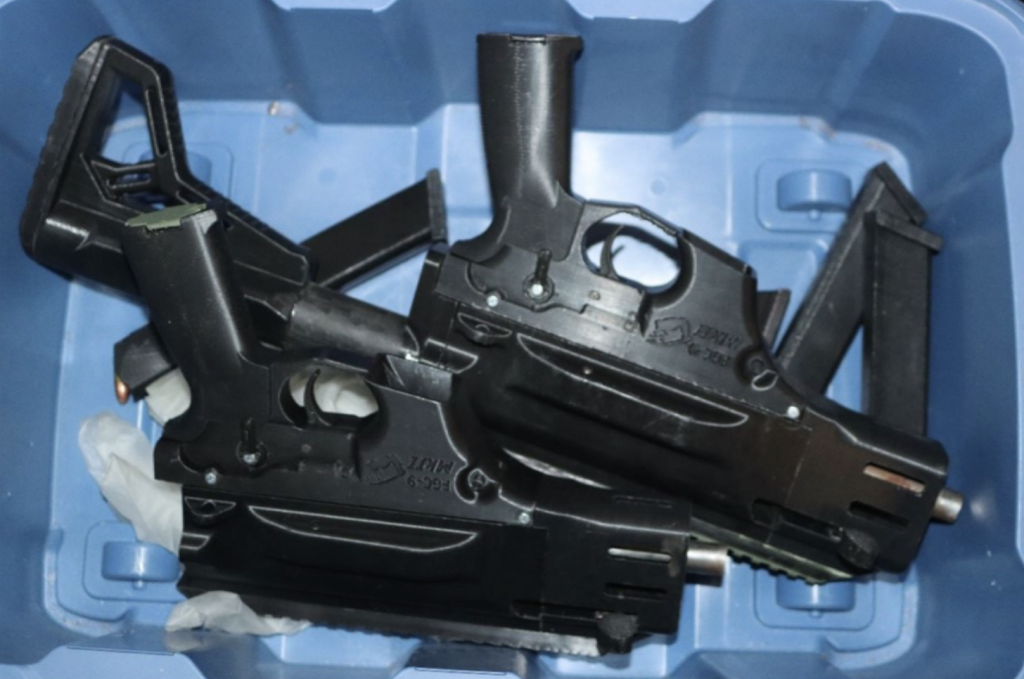
Fig. 4 & 5: Photos of FGC-9s that were seized during the raid. Source: Finland Police
The FGC-9 requires no controlled firearm parts and can be manufactured entirely at home with the addition of a few commercially available components. It does not require EU-regulated pressure-bearing components and uses modified trigger mechanisms from ‘airsoft’ rifles. The FGC-9 is currently one of the easiest semi-automatic homemade firearms to construct. It circumvents European gun regulations and was created with the intention of enabling anyone in countries with restrictive firearm regulations to own a firearm. The cost of producing an FGC-9 is approximately 500 USD. Members of the Finnish cell had tested the FGC-9 by shooting into mailboxes and had extra manufacturing tools that assisted in the production of the FGC-9.
The manuals, computer-aided design (CAD) files and instructions for design and manufacture are readily available on online platforms. Improvements in the design and technology of the FGC-9 have minimised manufacturing defects and rendered it comparable to – and just as lethal as – an industrially made semi-automatic firearm if manufactured well.
The FGC-9 has also been used widely by the People’s Defense Forces in Myanmar, making it the first 3D-printed firearm to be used in a conflict zone. Between 2020-2023, there have been at least 18 open-source reports of the FGC-9 being used in the conflict. It was initially used for training purposes, however, in May 2023, battlefield videos suggested it was being used in active combat in the region of Sagaing.
The Far-Right Connection
The data presented below is a preliminary analysis based on a global 3D-printed firearm incident dataset developed by the author. The dataset primarily uses media articles, court documents and open-source reports of 3D-printed firearm incidents. This is a working dataset that may not represent absolute numbers.
Although most of the 3D-printed firearm arrests in Europe were linked to criminal networks and gangs, between 2019 and 2023, there were 16 reported cases of 3D-printed firearms (arrests, use or attempted use) associated with far-right cells and individuals. This coincides with a recent Europol terrorism threat report that noted that there was an increasing interest in 3D-printed firearms among far-right extremists. The breakdown of cases is as below (Fig. 6):
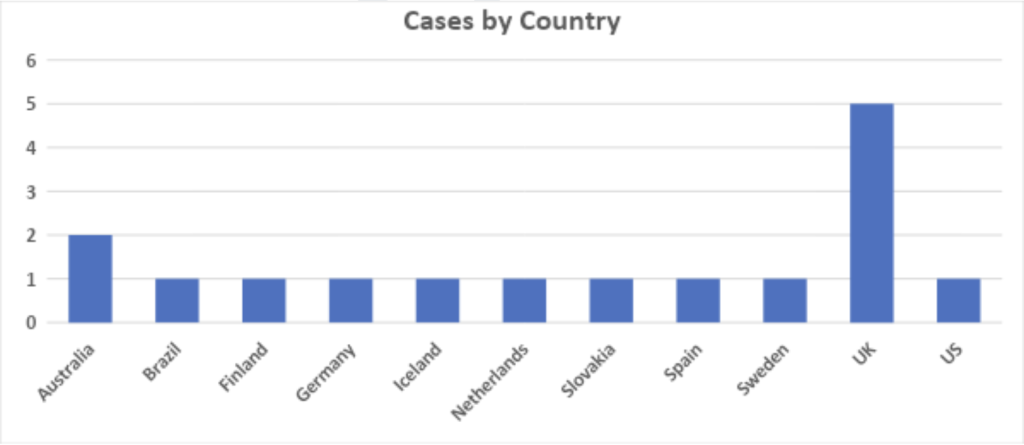
Fig. 6: Breakdown of 3D-printed firearms cases by country
The use or intended use of 3D-printed firearms seemed to be particularly prevalent in the UK. In June 2022, four members of a fascist cell aged between 29-31 from Yorkshire and Anglesey were found to have manufactured a 3D-printed weapon and disseminated far-right extremist manuals.
The use of 3D-printed firearms has been more prevalent among the far-right community as compared to other ideologies (Fig. 7). Far-right groups place a large emphasis on stockpiling weapons in preparation for the impending ‘race war’ and regularly share imagery and manuals on homemade weapons. Hence, individuals in far-right forums are more likely to come across 3D-printed firearms than others, given the strong ideological link between guns and the far-right.
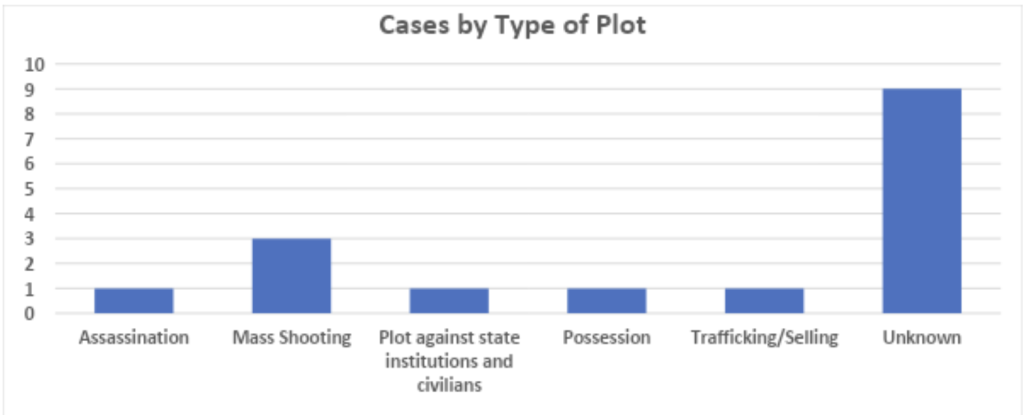
Fig. 7: Breakdown of 3D-printed firearms cases by type of plot
Out of the reported cases, only one case, the 2019 Halle attack in Germany was marginally successful. The gun used in the attack jammed during the shooting, limiting the number of casualties. However, the technology has advanced since then. More advanced and durable printed firearms are increasingly being produced as can be seen on platforms such as Twitter, YouTube and Reddit.
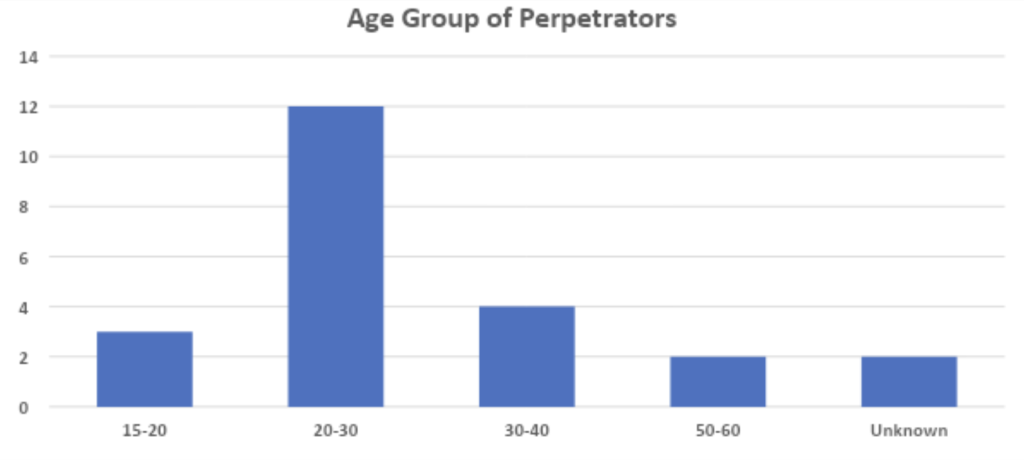
Fig. 8: Breakdown of perpetrators by age
Most of the cases involved lone actors or small cells (2 – 4 individuals) as opposed to larger groups. The majority of the individuals arrested were in the 20-30 age group (N=12) (Fig. 8). Three were below 20, four were between 30-40 and two were above 50. This indicates that the threat posed by 3D-printed weapons is most prevalent among younger individuals with the time and know-how to experiment with this new technology. Young people are also most likely to be spending their time in the kinds of online spaces where information surrounding 3D-printed weapons is exchanged and disseminated. These platforms also play a crucial role in forming and galvanising online communities focused on 3D-printed guns, where members encourage each other to build their own weapons.
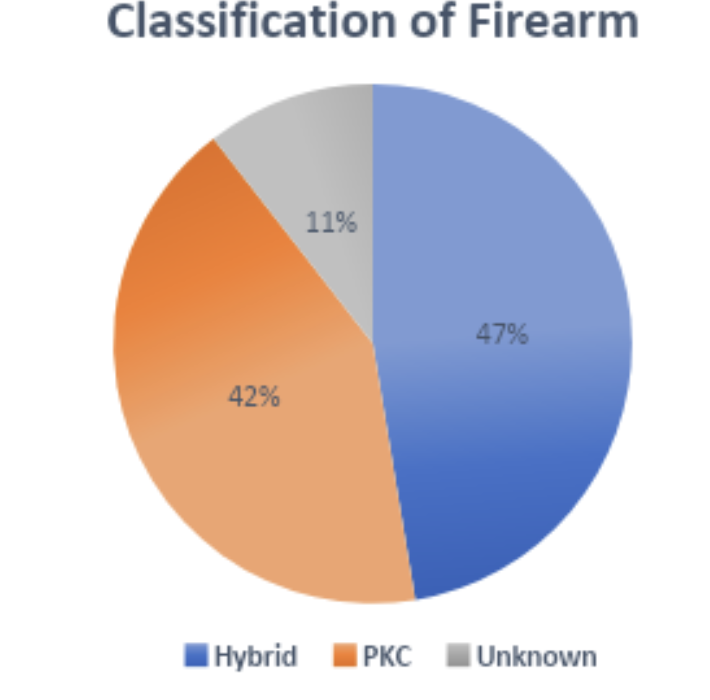
Fig. 9: Classifications of firearms used in attacks
The most prevalent classification type of firearms that were discovered were hybrid firearms (Fig. 9). Hybrid firearms are primarily 3D-printed except for certain non-restricted metal parts that are commercially sourced. Parts-kit compilations(PKCs), on the other hand, are firearms that have a 3D-printed frame supplemented with other commercially sourced components.
While 3D-printed firearms are currently most prevalent in the West and in Europe, the US remains the epicentre of the movement, owing to its strong gun culture. In Europe, 3D printing, particularly that of hybrid firearms and other do-it-yourself (DIY) models, enables individuals to circumvent tight firearm regulations. In the US, printing certain regulated components such as auto-sears and other PKCs is more prevalent than hybrid firearms, as other components such as barrels and slides are still widely and commercially available. In regions where firearms are relatively easily obtained through black markets or trafficking networks, such as the Middle East and South Asia, 3D printing is not prevalent. In other words, adversity breeds innovation.
A Rising Threat
The technological developments in 3D printing are rising at an exponential rate. This has resulted in improved firearms that are more durable, have an extended lifespan, and are able to overcome manufacturing defects that previously limited their effectiveness. New designs and refinements to existing models are being developed and shared regularly online. The proliferation of step-by-step blueprints on open-source platforms and online gun communities has increased the ease of access to information surrounding the manufacture of these weapons.
Platforms such as Deterrence Dispensed (now known as The Gatalog), DEFCAD and CtrlPew provide avenues for anyone to share new gun designs – making it global repositories of gun manuals and self-sustaining global communities. Communities prevalent on chat rooms such as Reddit, Discord and Rocket.Chat facilitate dialogues with individual gun manufacturers, helping those encountering difficulty in manufacturing their weapons. While many of these individuals are enthusiasts or hobbyists with non-violent intentions, these platforms provide convenient channels through which extremists can access the knowledge and skills required to manufacture weapons to use in attacks.
As with any other weapon, making 3D-printed firearms demands a combination of effort, determination, patience, time, and a substantial level of technical proficiency. It is not as easy as feeding a file into a printer and waiting for a firearm to be printed. Yet, it is not impossible, and the necessary skills can be acquired with sufficient dedication. 3D-printed weapons have a strong appeal for both violent extremists and criminals in countries that have strict firearm regulations as they offer anonymity and operational security. Manufacturing weapons at home as opposed to sourcing them from third parties reduces external interactions and transactions which leave the perpetrator vulnerable to detection or arrest.
Conclusion
The Finnish case highlights the threat that 3D-printed firearms pose within the violent extremist milieu. While the printing of firearms requires a significant amount of capability and labour, the operational security and anonymity they offer make them an attractive option for violent extremists.
Countering the threat of 3D-printed firearms, as with any other dual-use technology, has proven to be a challenge. Several countries have taken the legislative route of banning and criminalising the ownership and manufacture of printed firearms. Some countries, such as Singapore, have banned the downloading of CAD files for printing guns. The rapid advancement of technology demands the need for legislative measures to be complimented with intelligence sharing and close cooperation among law enforcement, policymakers, researchers, and the technology industry to prevent this threat from escalating into an issue of national security.
Rueben Dass is a Senior Analyst at the International Centre for Political Violence and Terrorism Research at the S. Rajaratnam School of International Studies in Singapore.
